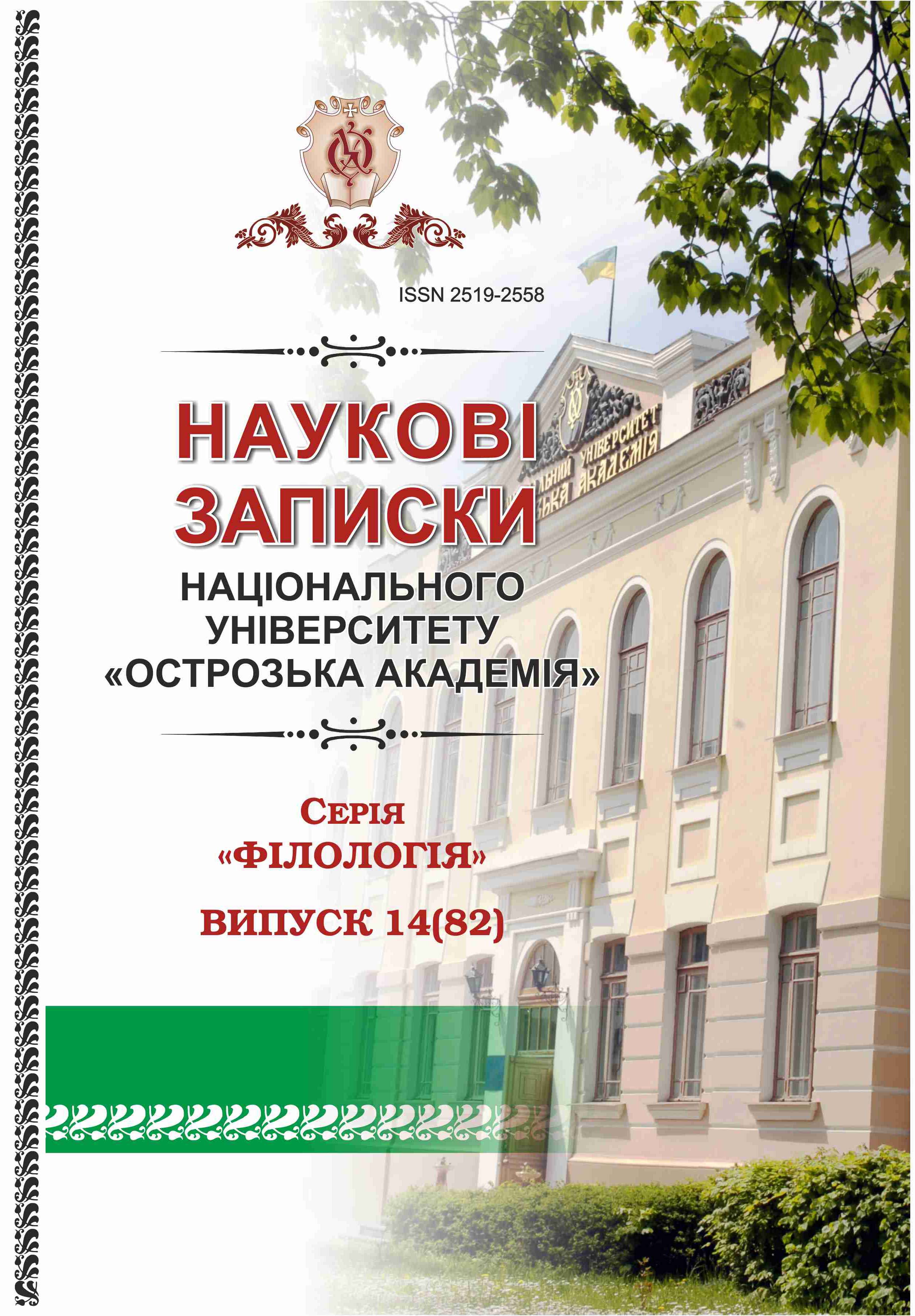ОСОБЛИВОСТІ ФУНКЦІОНУВАННЯ ПРЕЦЕДЕНТНИХ ІМЕН У ПОСТМОДЕРНІСТСЬКОМУ ХУДОЖНЬОМУ ДИСКУРСІ
Ключові слова:
художній текст; постмодернізм; постмодерністський художній дискурс; інтертекстуальність; прецедентність; прецедентні іменаАнотація
У статті розглянуто інтертекстуальність художніх текстів постмодерністського дискурсу в аспекті лінгвосеміотичних досліджень; визначено інтертекстуальність як текстову категорію, що займає одне з центральних місць серед інших категорій тексту; узагальнено й систематизовано функціонування прецедентних імен у постмодерністських художніх текстах; розглянуто постмодерністський художній дискурс як особливий смисловий осередок інтертекстуальних зв’язків на прикладі прецедентних імен; виявлено, що інтертекстуальність змінює уявлення про художні тексти як гомогенні структури, запропонувавши їхній розгляд як гетерогенних утворень.
Останнім часом у лінгвістичній науці спостерігаються загальні тенденції вивчення художніх текстів як інтертекстуального явища, однак відмічається недослідженість постмодерністського художнього дискурсу в інтертекстуальному контексті в цілому. Художні тексти літератури постмодернізму віддзеркалюють текстотвірні тенденції постмодерної творчості, зміну ідеологічної системи, перебудову ієрархії цінностей, творення гібридних художніх форм, продукування нових способів письма, маніфестацію актуальної проблематики.
Постмодерністські художні тексти характеризуються наявністю великої кількості виразних прецедентних імен. Уведення до структури художніх текстів імен, прізвищ, прізвиськ видатних історичних постатей, біблійних і міфологічних персонажів, письменників попередніх епох, героїв їхніх творів та ін., позначене глибинними авторськими інтенціями та смислами, певним чином таврує долі літературних персонажів і загалом впливає на розвиток сюжетних ліній художніх текстів.
Категорія інтертекстуальності творить фрагментований текст у художній літературі постмодернізму. Постмодерністський художній текст – це цілісна когнітивно-концептуальна, комунікативна й семіотична єдність, це гетерогенна структура, що позначена інтертекстуальними зв’язками і має вихід в інші тексти. Відтак, можливим є співвідношення культурних знаків з фоновими знаннями та зі специфікою мовної свідомості, створення особливого семіотичного простору.

